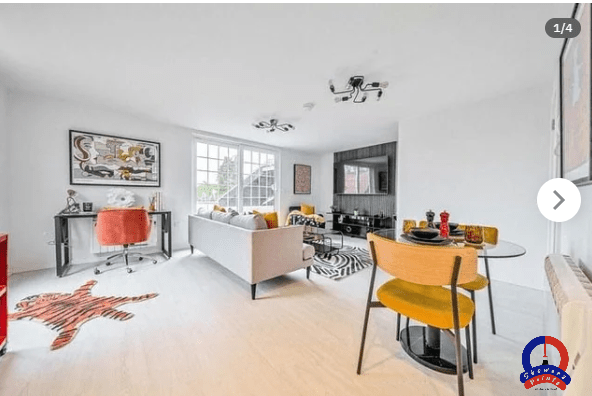
INTRODUCTION
Interior Design is the art and science of understanding people’s behavior to create functional spaces within a building, that are complimentary of that personal behavior. It is a multi-faceted profession in which creative and technical solutions are applied within a structure to achieve a built interior environment. These solutions are functional, enhance the quality of life and culture of the occupants, and are aesthetically attractive.
Interior designs don’t necessarily have to be jam-packed with all sorts of lazy attempts at Aesthetics. Eighty percent of professionals would vote for the “less is better” kind of design. The best Interior designers make it look easy. With a combination of related knowledge and ability, they craft aesthetically appealing atmospheres for their clients.
Interior Design Styles You should know
There are a lot of different models of Interior design, which include;
The Traditional Interior Design Model
This is simply a design model focused on traditional themes, it draws its inspiration from the 18th & 19th centuries. This design type is well-known and popular, mostly found in classical homes. I would mark this theme as expensive, both in taste and in cost. The cost is worth it and is mostly popular with royalties or persons in government.
The Modern Design Theme
Design themes from the early 20th century are termed Modern designs. However, there are a lot of distinctive factors that differentiate contemporary designs from modern designs, though time is a stand-out factor, with modern interiors, the decor is kept minimal and art is used for aesthetic pleasing.
The Transitional Design Theme
This Interior design theme is more of a bridge between contemporary interior and modern Interior. It is a confluence of the two design themes to create something pleasing.
There are a whole lot of other types of design themes, which include eclectic, Minimalist, and so on,
Interior designers to be considered professionals are expected to have proper knowledge in the following fields
- Textiles, materials, color, space planning, sustainability, and more
- Software applications for 2D & 3D computer-aided design (CAD) and building information modeling (BIM)
- Structural requirements, health and safety issues, and building codes

